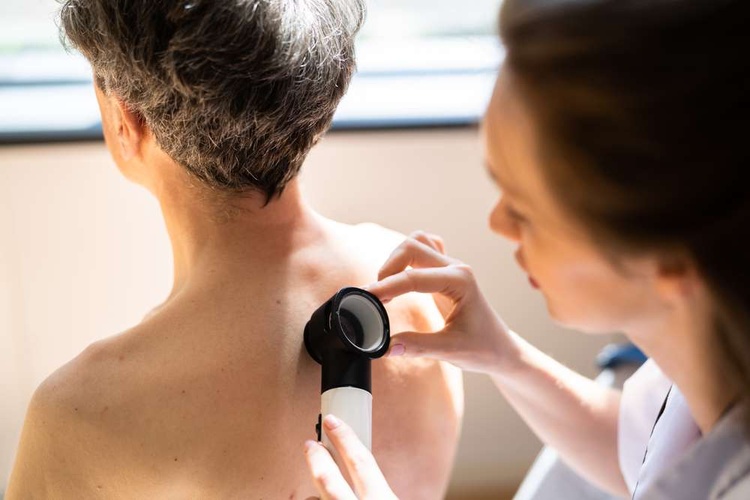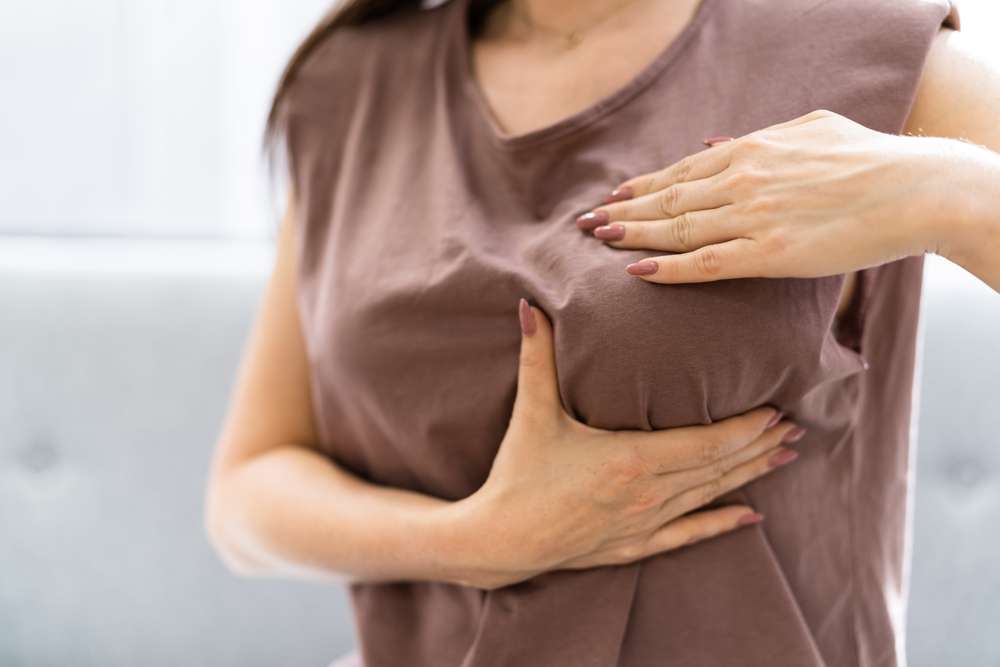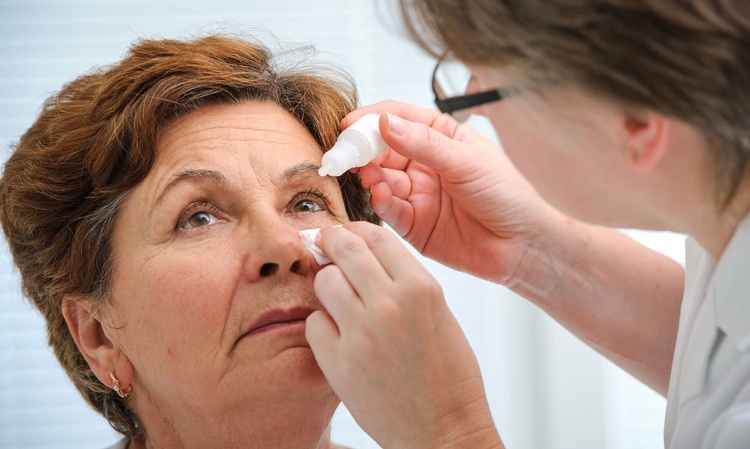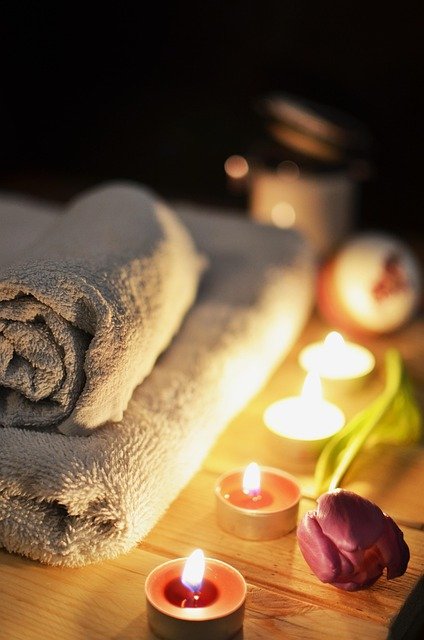Combating Eye Bags: An Aesthetic and Wellness Perspective
As we age, our skin begins to lose its elasticity and fat. This natural phenomenon leads to the formation of wrinkles, sagging skin, and under-eye bags, a common concern among both men and women. Eye bags, medically known as infraorbital edema, are a cosmetic issue that can make individuals appear tired or older than they are. This article will delve into the causes, prevention strategies, and treatment options for eye bags, providing a holistic approach towards managing this common skin concern.
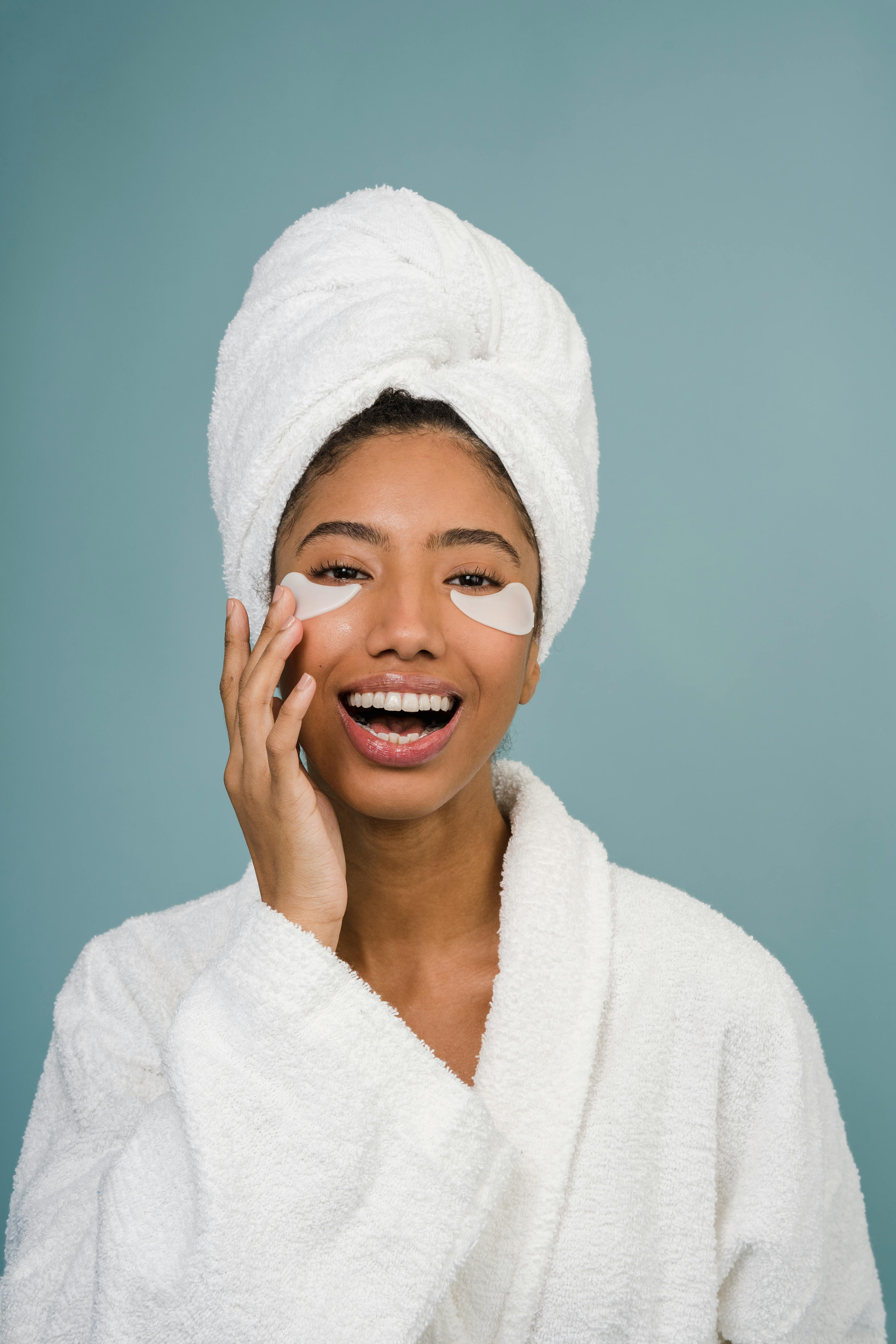
Understanding the Science Behind Eye Bags
Eye bags are primarily caused by the weakening of the muscles supporting the eyelids, leading to the accumulation of fat and fluid in the under-eye area. Aging, genetics, allergies, fluid retention due to high salt intake, lack of sleep, and excessive alcohol and tobacco use are common contributing factors.
The sagging skin and dark circles often associated with eye bags are due to the thinness of the skin around our eyes—it’s the thinnest skin on our bodies. As we age, this skin becomes even thinner, making the blood vessels beneath it more noticeable and giving the appearance of darkness.
Eye Bags in Historical Context: A Stigma to a Symbol
Historically, individuals with eye bags were often stigmatized as appearing unhealthy or sleep-deprived. But in recent years, there’s been an interesting cultural shift in some societies where eye bags and dark circles have been celebrated as an aesthetic feature. A notable example is South Korea, where the “aegyo sal” trend (loosely translated as “charming fat”) encourages the deliberate accentuation of under-eye puffiness as a symbol of youth and innocence.
However, for the majority of the global population, eye bags are still considered undesirable. They continue to fuel a multi-billion dollar beauty industry that offers a variety of products and services aimed at reducing their appearance.
Preventive Measures to Keep Eye Bags at Bay
Prevention is always better than cure, and this holds true for eye bags. A healthy lifestyle that includes a balanced diet, regular exercise, and adequate sleep can significantly reduce the risk of developing eye bags. Keeping the body well hydrated and limiting salt intake can prevent fluid retention, a key contributor to puffiness.
Sun exposure is another factor that can exacerbate the appearance of eye bags by weakening the skin. Therefore, it’s essential to incorporate sun protection in daily skincare routines.
Modern Treatment Options for Eye Bags
If preventive measures don’t work, various treatment options are available - ranging from home remedies to medical procedures. Cold compresses, cucumber slices, tea bags, and over-the-counter creams with ingredients like retinol and vitamin C are popular home remedies.
Medical treatments include fillers that plump the skin under the eyes, reducing the appearance of bags. Laser resurfacing can help tighten sagging skin, while more invasive options like eyelid surgery (blepharoplasty) can remove or reposition fat to reduce puffiness.
The Psychological Impact of Eye Bags and the Importance of Self-Acceptance
Eye bags can have a psychological impact, affecting individuals’ self-esteem and body image. It’s important to remember that they are a natural part of aging, and while certain measures can minimize their appearance, they are not a ‘flaw’ that needs to be hidden or corrected.
In the end, the perception of beauty is subjective and varies across cultures. While the global beauty industry continues to offer solutions to combat eye bags, it’s essential to foster a positive body image and promote self-acceptance, recognizing that everyone ages differently and that each individual’s unique characteristics contribute to their distinct beauty.
In conclusion, eye bags are a common concern that can be managed through various preventive measures and treatment options. However, it’s crucial to approach this issue from a wellness perspective, understanding and respecting the natural aging process, and promoting a healthy body image.

